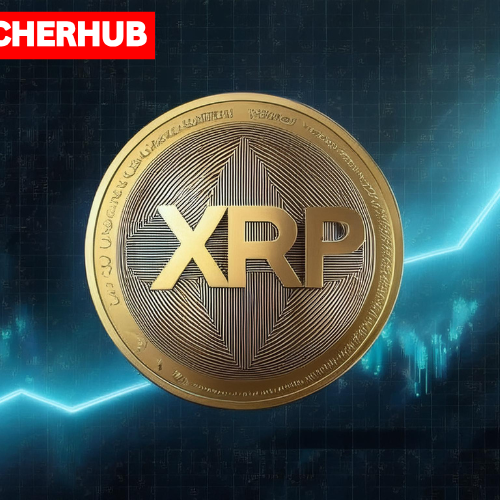Diamonds have been an important part of human history. The ancient Greeks loved them for their near-imperviousness, and famous diamonds such as the Koh-i-Noor have been linked to tales of war, plunder and the supernatural. Diamonds are also regarded as a symbol of infinite love — for perfecting the sanctity of marriage.
In other words, it may feel odd to imagine that diamonds might devalue. But prices have been declining sharply. Store prices of natural diamonds have fallen 26% compared to two years ago, despite the scourge of inflation. Prices for lab-grown diamonds have dropped even more significantly, declining 74% since 2020.
This shift is leading people to reconsider diamonds. Even a jeweller in London’s Hatton Garden recently commented: “It’s a bad time to buy a diamond. They’ll likely be less expensive in a few weeks.”
De Beers, one of the largest diamond companies, was facing a $2 billion backlog of unsold diamonds as it entered 2024. They’ve had to reduce production by 20 percent, and their parent company, Anglo American, has been seeking to sell the business.
Edahn Golan of Tenoris, an enterprise that were monitoring diamond prices, shared reasons why prices were declining. There was a diamond demand bump after COVID-19 as weddings were put on hold and people spent on luxury. Once this demand was satisfied, interest started to wane. Today, it’s a weakening global economy, fewer marriages and less demand in China that are weighing on sales. The real game changer, though, is lab-grown diamonds. These synthetic diamonds, which are produced in hours in plasma reactors, are cheaper and regarded as more ethical by younger customers. They account for 45% of the bridal jewellery market now, which is hitting firms such as De Beers.
Natural diamonds and lab-grown diamonds are swiftly becoming less expensive. As an example, the price for a one-carat, natural diamond in the U.S. fell from $6,819 in May 2022 to $4,997 in December 2023. Lab-grown diamonds dropped further, from $3,410 in January 2020 to only $892 at the end of 2023.
This is why lab-grown diamonds have gained in popularity: they are cheaper and can often be larger for the same cash. A jeweller in Hatton Garden, Robert Willis, said lab-grown diamonds could be two to three times larger than natural diamonds for the same cost. But according to some jewellers, including Geoffrey Farrow, lab-grown stones don’t have the provenance or quality of natural diamonds.
To combat this change, De Beers has launched a natural-diamond marketing campaign. There are also suggestions that the celebrities — what’s a red carpet without them? — might choose to wear more natural diamond jewellery at big events such as the Oscars to generate interest.
History suggests the diamond market has weathered challenges before. When diamonds were found in Brazil in the 1700s and later in South Africa, prices initially sank but eventually rebounded through shrewd marketing and fresh affluent buyers. Modern marketing opened up new diamond markets that included countries like China, where diamonds had not historically played a role.
But the moment seems different this time around. In certain parts of the world, such as Africa, diamonds have received a bad rap in terms of the ethics of their sales, resulting in difficulty offloading them. The value of the diamond market is based on people believing that they are valuable. If that faith wanes, the market might not bounce back this time.







